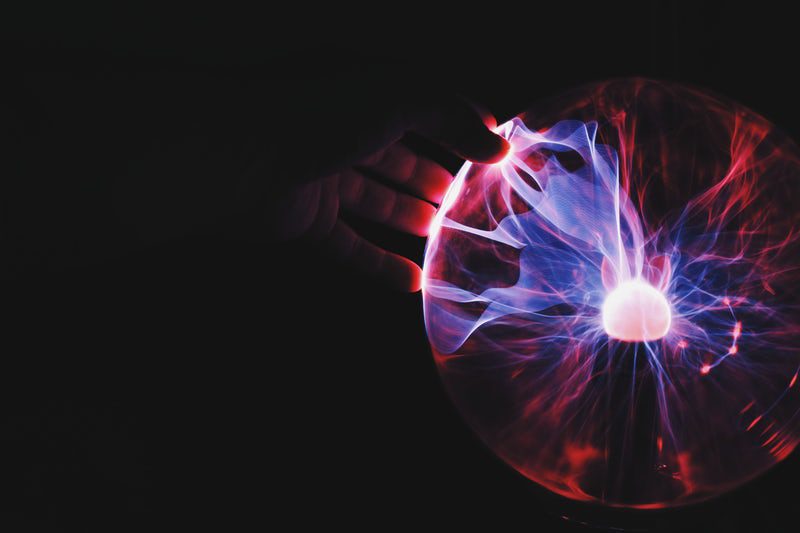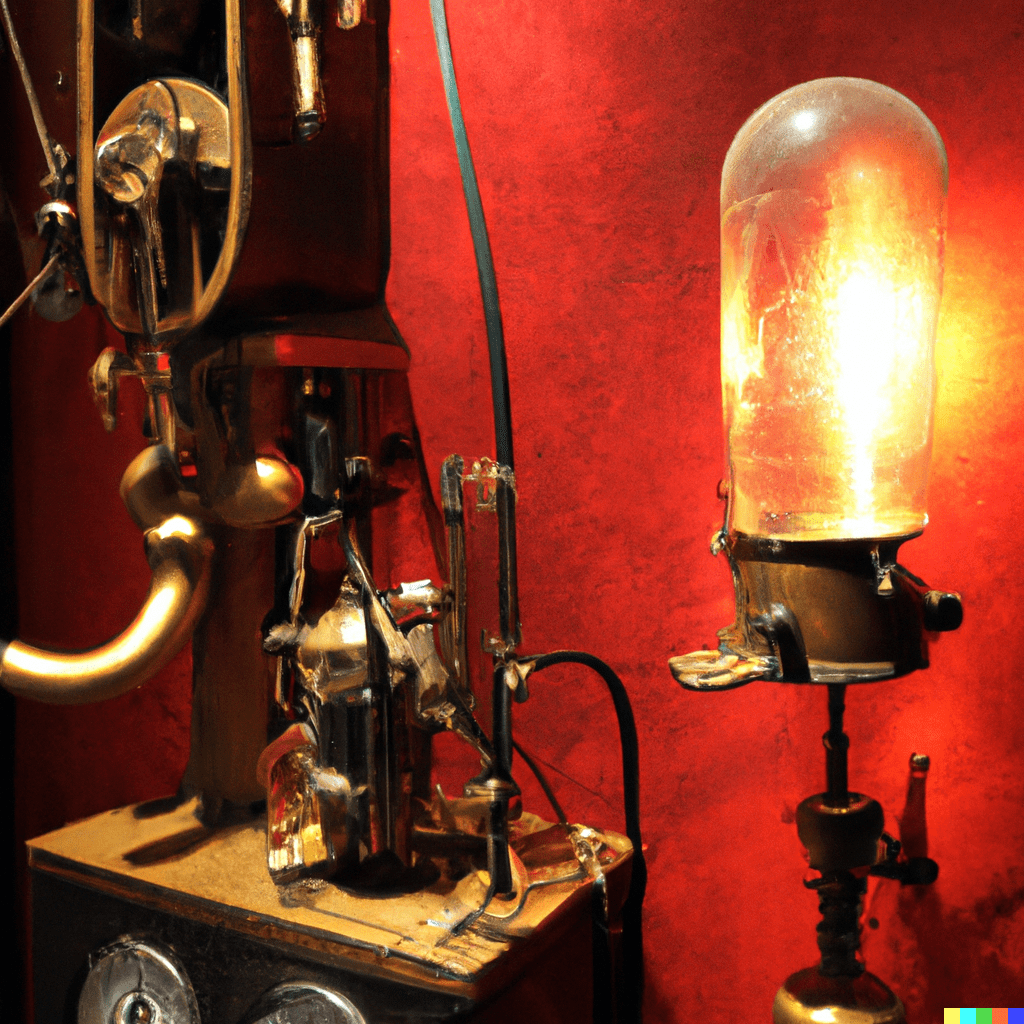Dreams and Predicting the Future
Dreams are of two kinds: the kind we see when we sleep and the ones we see when we are awake. The dreams that we see when we are asleep have always been fascinating to humans. They are sometimes weird, sometimes funny, and sometimes frightening. The dreams that we remember often make for very interesting and entertaining stories, even if they don’t make sense at all. We do not dream every single night, and there are people who get dreams more frequently than others. Even animals have been found to dream sometimes. Dreams can leave us puzzled, disturbed, or frightened. But can they predict the future?
Whether or not dreams can predict the future has been a topic of debate forever. In ancient times, people were known to have prophetic dreams, which could tell a lot about the future. Perhaps the most famous prophetic dream is in the Bible, where Pharaoh dreams that he stands by the river Nile, from where seven plump cows emerge followed by seven ugly ones. Joseph deciphers the dream as seven years of abundance followed by seven years of drought, and that’s exactly what happens.
In recent times, filmmaker Christopher Nolan made a successful movie about dreams and the subconscious called Inception. In the movie, the lead character Dominick Cobb (played by Leonardo DiCaprio) is an extractor, who works as a corporate spy and uses experimental military technology to enter the subconscious of his targets and steal valuable information. In the movie, Cobb tells Ariadne, a member of his team and a young architecture student, that we never see the beginning or the end of dreams. This is one of the defining features of dreams: we never see how we got there in the first place. We don’t even see how the dream ends.
Although our dreams are never prophetic, they do have a psychological connection and a certain predictive power. But why do dreams happen? Before we learn more about the predictive power of dreams, you must understand what causes dreams and the process behind them.
What Are Dreams?
While we sleep, dreams are a kind of conscious state characterized by cognitive, sensory and emotional occurrences. Dreams occur during the final stage of sleep called the rapid eye movement (REM) phase. There are five distinct stages of sleep. During the first four stages of sleep, it is the body that recharges and rejuvenates. But in the fifth stage, it is the brain that recharges. The REM stage is right before a person wakes up when the brain is active, heartbeats begin to rise, and body temperature comes back to normal. This is also when the eyes move rapidly behind closed eyelids. The REM stage is thought to be responsible for boosting concentration, memory, and cognitive functioning.
Dreams occur in the REM stage because the brain becomes active, even though the body is still in deep sleep and inactive. This prevents the person from acting out the dreams. In the other four stages of sleep, dreams do not occur because the brain remains inactive.
Dreams can be described as lifelike visual images, full of color, themes, voices, and objects that have close resemblance with waking life. If a person wakes up from a dream, it can seem real even though it was nothing. Dreams often involve people, places, and objects that we know, or they can also involve strange people and unknown places and objects. Sometimes dreams are so profound that the person remembers them for a long time. Some people have even written books and painted pictures based on their dreams. In some cases, people may move around and talk in their sleep while they dream.
What Causes Dreams?
Over the years, there have been several studies on explanations regarding dreams and the meaning behind them. Possible causes of dreams include:
- Representation of unconscious or hidden wishes and desires
- Consolidation and processing of all the information collected over the course of the day
- Interpretation of various signals on the brain and the body during sleep
- Helping in the development of cognitive capabilities
- Reflecting the mental state of the person
- Consolidation and reprocessing of learning and memory tasks
- Cognitive simulation of real-life experiences and events, because dreaming is part of the waking consciousness
Unlike other elements of sleep, dreams are hard to study in a laboratory setting. That is the reason why they remain such a big mystery even to scientists. It is hoped that in future new technologies will help scientist learn more about the process of dreaming and the meaning behind them.
Dreams Vs. Nightmares
Nightmares are dreams that are disturbing or frightening. They occur in both children and adults and are thought to be a result of stress, illness, trauma, emotional difficulties, and medications.
Compared to dreams, nightmares are more vivid and are more likely to remember them. Nightmares are often confused with night terrors, but night terrors mostly occur in children, and they mostly have no recollection of the experience in the morning. Unknown the major difference between the tools that nightmares occur during the final stage of sleep where is night terrors occur in the transition between stages of 3 and 4 of sleep. Nightmares are not forgotten in a hurry. Not only does the person remember them the next morning but sometimes also for months and years after that.
Are Dreams Predictive?
There is no definite proof that dreams are predictive in nature. Of course, they can be an indication of the person’s current mental state or a reflection of recent events, but there is no evidence to prove that they can predict the future. However, what dreams can do is spot remote associations with possible events in the future. The human brain is great at spotting associations and repetitive patterns when it is awake. For instance, we know that night will follow day, and the sun will follow the rain. We also know that traffic is worst during peak hours and better at night. These are all logical patterns that we are used to experiencing on a regular basis. The brain does not need to be awake to be able to spot such patterns. The best example is the REM stage of sleep when the brain is just as active. That is why it dreams and tries to spot obvious patterns that tend to reoccur.
Dreams that seem to predict the future are also called precognitive dreams. There are some very famous precognitive dreams in history, including one involving Abraham Lincoln, the former President of the United States. Two weeks before he was shot dead in 1865, Abraham Lincoln had a dream about a funeral in the White House. In the dream when he asked someone about who had died, he was told that it was the president of the United States. Today the dream might seem very predictive, but at the time neither Lincoln nor his wife paid any importance to it because the day that he was shot dead, Lincoln had given the night off to his bodyguard
Even though most people would think of such dreams as predictive or precognitive, but they can also be mere coincidences. In another famous example, when the Titanic sank in 1912, hundreds of people reported having dreamed of it in the recent past. About 19 such claims could also be validated, but did that mean their dreams were precognitive? Unfortunately, the answer is no, because there are billions of people on this planet and each person can have around five dreams every night. It is possible that thousands of people dream of a sinking ship or a crashing aircraft on any given night.
The Power of Lucid Dreams
 As mentioned earlier in this post, dreams don’t have a beginning or an end. They are usually too scattered to make any sense. Therefore, to believe in the existence of psychic dreams it requires blind faith.
As mentioned earlier in this post, dreams don’t have a beginning or an end. They are usually too scattered to make any sense. Therefore, to believe in the existence of psychic dreams it requires blind faith.
However, the human mind can be trained at lucid dreaming. Lucid dreams are when the person is conscious of the dream and has some amount of control over what they experience in the dream. For instance, when a person is conscious that he is dreaming, he can use the opportunity to learn about future events. Examples include mundane things like the weather next day or if traffic will be worse than usual, or bigger things like the flight number of the next big plane crash or the winning lottery numbers of next week. With the power of lucid dreaming, it might even be possible to stick to only one dream theme per night and experience the dream in detail. It might also be possible to visit distant places and meet different people in lucid dreams.
Until people have such control over their dreams, it is impossible to conclude that dreams have any connection with future events. However, dreams remain as mysterious and as fascinating as ever, and it goes without saying that they will be studied for years to come for better understanding.
Historical Examples of Dreams Predicting the Future
Abraham Lincoln’s Dream: It’s said that Abraham Lincoln had a dream about his own assassination just a few days before it happened. In the dream, he walked into the East Room of the White House to find a covered corpse guarded by soldiers and surrounded by a crowd of mourners. When he asked one of the soldiers who had died, the soldier reportedly responded, “The President. He was killed by an assassin.”
The Titanic: There are multiple accounts of people who cancelled their trip on the Titanic because of bad dreams or premonitions. One notable case is that of a woman named Jessy Sayre, who reportedly had a dream that caused her to cancel her voyage on the ill-fated ship.
9/11 Attacks: A number of people have reported having dreams or premonitions about the attacks on the World Trade Center in New York City on September 11, 2001, before they occurred.
Mark Twain’s Dream: The famous author Mark Twain (Samuel Clemens) claimed to have dreamed about his brother’s death a few weeks before it happened. In the dream, he saw his brother lying in a metallic coffin in his sister’s living room. When his brother died suddenly, Twain discovered that his brother was indeed put in a metallic coffin, due to the high summer heat.
Einstein’s Theory of Relativity: Albert Einstein reportedly had a dream about cows surrounded by an electric fence. The farmer created a new fence, but the cows continued to react as if the previous fence was still there. This dream allegedly led Einstein to a breakthrough about the speed of light being the only constant and helped him formulate the theory of relativity.
James Watson and DNA: While not exactly predicting the future, James Watson, one of the scientists credited with the discovery of the structure of DNA, claimed to have visualized the double helix structure in a dream. After this dream, he woke and immediately started to sketch what he had seen. The final model of the DNA molecule changed the course of science and confirmed his dream image.
Dunne’s Dream of Volcanic Eruption: J.W. Dunne, a British engineer and author, had a vivid dream of a volcanic eruption. The next day, he read about a similar eruption that occurred at Martinique, matching the details of his dream. This led him to theorize about precognitive dreams, which he wrote about in his book, “An Experiment with Time”.
Paul McCartney’s “Yesterday”: While not a prophetic dream in the sense of predicting a future event, Paul McCartney, a member of the Beatles, claimed that the melody for the iconic song “Yesterday” came to him in a dream. He woke up and immediately played the tune on the piano so he wouldn’t forget it.
Niels Bohr’s Dream of the Atom: Nobel laureate Niels Bohr reportedly had a dream about the structure of the atom. In his dream, the atom was a solar system-like structure, with the electrons orbiting the nucleus much like planets orbit the sun. This dream helped him develop the Bohr model of the atom.

















